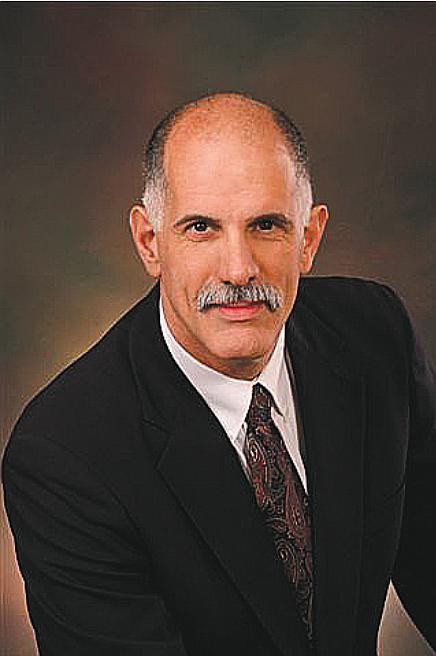OPINION: Cultural programming
It is axiomatic that in order to hold a position on a topic you must first think about that topic. A corollary to this is that if you want to persuade someone you must tell them what to think. Experts in influence know that this and repetition are key elements of persuasion. They also know that while they may not be able to control exactly what you think, they can control what you think about. Think of a unicorn. Gotcha!
Persuasive arts such as salesmanship, political campaigning, propaganda, hypnosis and brainwashing all deal with the basic operating principals of the human brain. Under the right conditions the mind can be convinced of nearly anything.
An extreme example is Jim Jones and his Peoples Temple in Guyana where over 900 people were convinced to commit suicide by drinking cyanide laced Kool-Aid. The dead included 304 children who were given the poison by their parents. This tragedy was the origin of the phrase “Drinking the Kool-Aid,” describing someone who has mindlessly adopted a position or belief.
Jim Jones was able to accomplish this extreme ending because the people involved were isolated in the Guyana jungle with no significant outside contact. All aspects of their lives were controlled and manipulated. The insanity of their leader became infectious and destroyed them all.
But what if you wanted a lesser effect? Perhaps a little nudge in public opinion to stop thinking and talking about one thing and start thinking about something else. How would that be accomplished? It is just a simple matter of repeating a message often enough and over a long enough time to move the collective consciousness of the population you wish to influence. This seems like an impossible task, unless you are one of the six corporations that own virtually all of the legacy media in America. If you are one of them, pumping out your message daily is trivial.
Remember that what we call “news” is actually entertainment that is vying for advertising as a means to profitability. The media suffers no consequence for misrepresenting the facts or outright lying but they do suffer if they fail to attract eyeballs and clicks to justify their advertising rates. You would be a fool to think that sensationalism won’t win over truth.
Twitter denizen KanekoaTheGreat recently posted a thread where he analyzed the prevalence of key words and phrases appearing in the mainstream media over time. Using the analytical service LexisNexis he was able to plot how many times a keyword or phrase appeared in a particular media outlet each year over the last 30+ years.
Over the last 10 years both the Washington Post and the New York Times have drastically increased their usage of certain words and phrases as well as the number of articles using certain words.
For example:
Articles mentioning “white privilege,” “diversity and inclusion,” “systemic racism” have increased in number by a factor of 10.
The use of the words “racist,” “racists,” and “racism” have increased by nearly 1,000%.
The instances of the phrases "white privilege" and "racial privilege" have jumped by nearly 1,500% in the last 10 years.
What effect has this had on attitudes and society? In the four decades prior to 2010 only about a third of the population considered racism to be a “big problem” in the U.S. In 2009 only 32% of white liberals held this opinion but by 2017 that percentage had more than doubled to 82%, a change of 50%. For white conservatives during that same period the change was only 3%.
In 2006 when asked if they “knew a racist” 45% of white Democrats and 41% of white Republicans said “yes.” 53% of Black Democrats and 41% of Hispanic Democrats also said they knew a racist.
By 2015 white Democrats who knew a racist increased by 19% to 64% while the number of white Republicans who said they knew a racist remained constant at 41%. Interestingly among Black Democrats and Hispanic democrats the numbers decreased by 5% and 7% respectively.
From this data it is clear that general public attitudes toward race relations were not driving the tenfold increase in the media’s focus on race. It does show that the media was influencing attitudes and this effect was most pronounced among white liberals.
The definition of propaganda is “biased or misleading information used to promote a particular cause or point of view.” Given that only 7% of reporters identify as Republican, it seems that one group strongly affected by bias in the media are the members of the media themselves. This leads to a positive feedback loop, stories lead to focus and focus leads to more stories. This explains the dramatic rise in reporting on racism over the last decade.
In 2005 Morgan Freeman was being interviewed by Mike Wallace on 60 Minutes. Wallace asked “How do we get rid of racism?”
Morgan Freeman’s answer was succinct and accurate.
“Stop talking about it.”
It’s just common sense.
• • •
Brent Regan is chairman of the Kootenai County Republican Central Committee.

